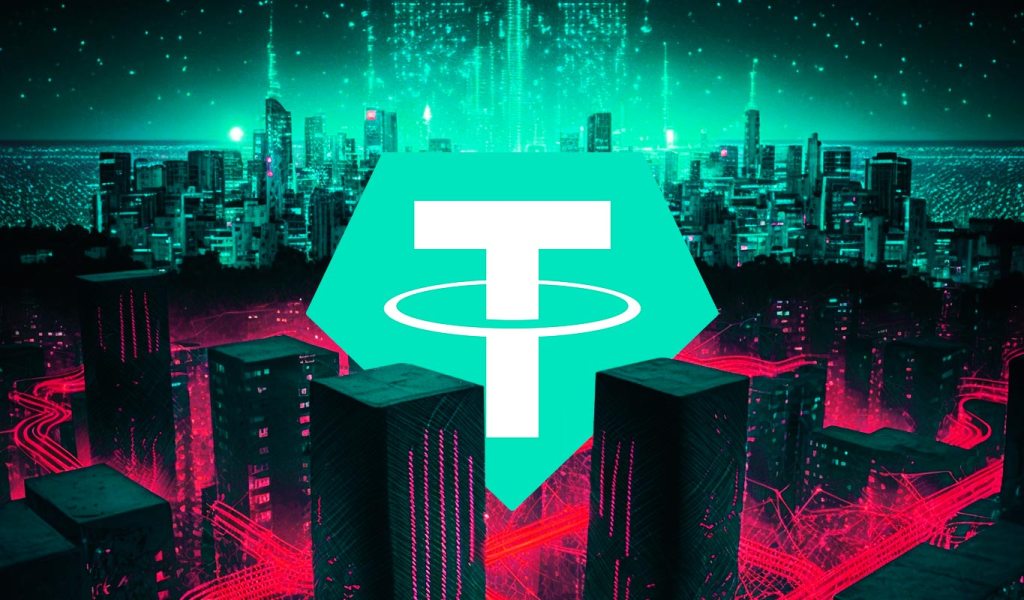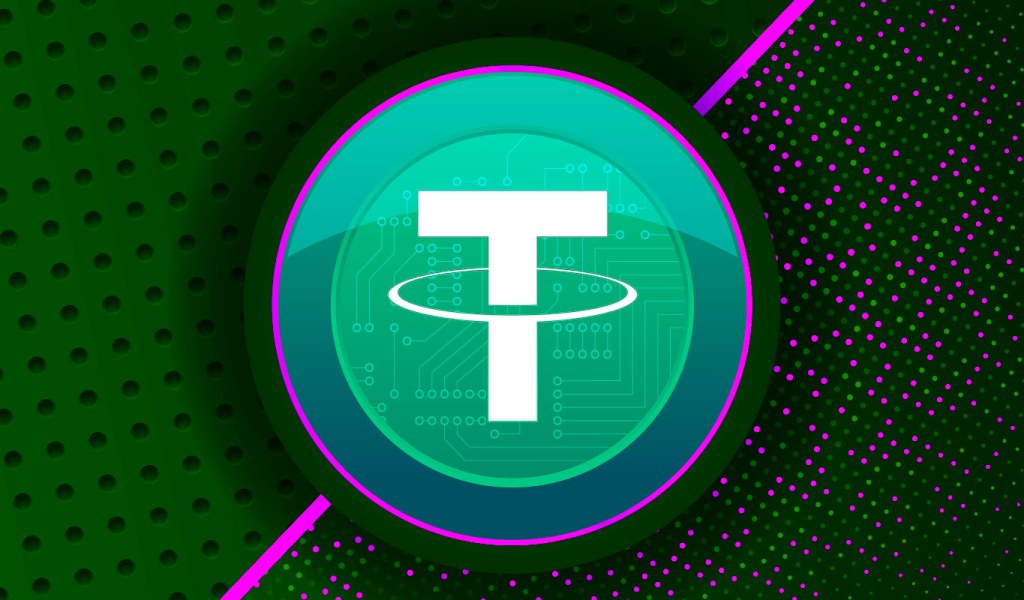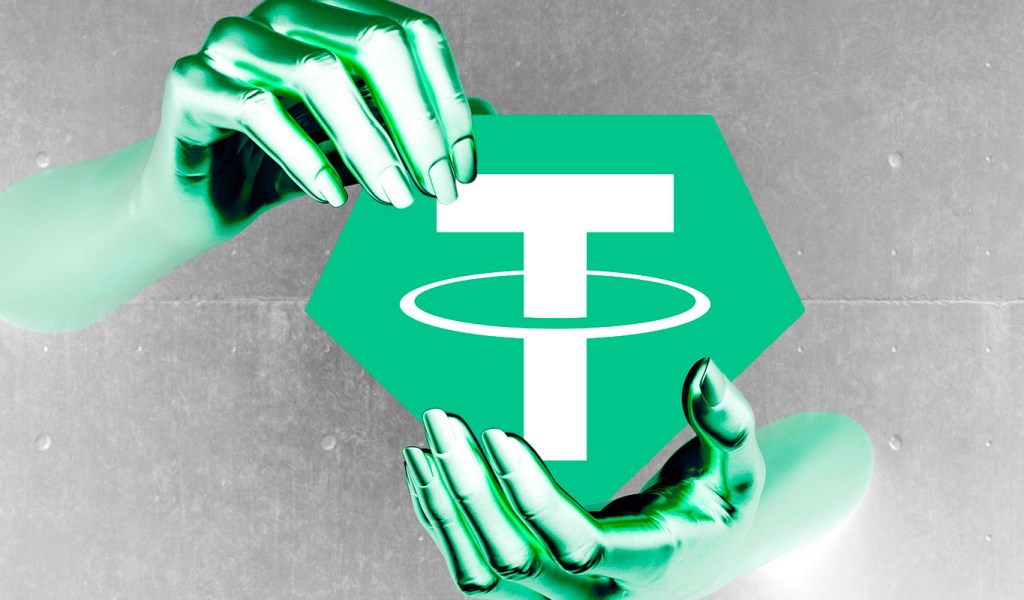
Blockchain tracker Lookonchain says that the bankrupt crypto lender Voyager has deposited $85 million worth of the stablecoin USD Coin (USDC) with Circle. Lookonchain notes that Voyager has been selling assets on Coinbase and has received $84.5 million worth of USDC from the exchange in total. The embattled lender reportedly still holds $11.3 million worth […]
The post Voyager Sends $85,000,000 in USDC to Circle As Bankruptcy Unfolds: On-Chain Data appeared first on The Daily Hodl.

One under-the-radar decentralized finance (DeFi) altcoin is outpacing the overall crypto market this week as the project launches the testnet of a new payments feature. In a new announcement, cloud-focused DeFi protocol Akash Network (AKT) says it has rolled out the testnet of its Stable Payments feature, which will allow traders to settle payments using […]
The post Under-the-Radar DeFi Altcoin Outpaces Overall Crypto Market This Week Amid Testnet Rollout of New Feature appeared first on The Daily Hodl.

Circle’s USDC stablecoin has dropped from $45 billion in circulation at the start of 2023 to just $26 billion as the summer winds down.
Stablecoin issuer Circle has a $1 billion cash reserve pegged as insurance against a declining market capitalization and fresh competition from the traditional finance and technology industries, said CEO Jeremy Allaire.
In an interview with Bloomberg, Allaire revealed the war chest and shared his views on the uptick in competition from organizations such as PayPal that are new to the stablecoin space:
“I expect you will see many many, not just internet payments firms, but also all kinds of financial services companies and others begin to get more involved in this. It’s great to have this new competition. I do think it’s going to drive more and more companies into the field.”
Related: PayPal launches PYUSD stablecoin for payment
Circle is best known for its USDC (USDC) stablecoin, a digital token similar in design to regular cryptocurrency but backed entirely by fiat — in this case, the United States dollar.
However, since at least 2021, the company’s primary form of revenue has come from interest on its cash holdings and through its treasuries services. For the first half of 2023, Circle had a reported revenue of $779 million, surpassing its total revenue of $772 for 2022.
Despite this, the company has seen its market share in the stablecoin space decline from $45 billion at the start of 2023 to $26 million in just seven months.
Allaire attributes this decline to cryptocurrency exchange Binance’s decision to pull backing from USDC in favor of its own token and other unfortunate events in the market. “The Terra collapse helped us; the Binance forced-conversion hurt us,” the Circle CEO told Bloomberg, adding that “the FTX collapse sort of helped us, and then the failure of regional banks hurt us.”
In related news, as Cointelegraph recently reported, Circle launched a wallet-as-a-service API for developers as part of its current ongoing Web3 initiatives. According to an Aug. 8 announcement, the new API will allow devs to create bespoke multiparty computation wallets for their customers.

Tether CTO Paolo Ardoino says that PayPal’s newly launched stablecoin PYUSD could hurt USDT‘s US competition. In a new interview with Benzinga, Ardoino says that he doesn’t view PYUSD as competition for Tether, but rather, he views it as a challenge for competitors like Circle’s USD Coin (USDC). According to Ardoino, PYUSD may be a […]
The post Tether CTO Says PayPal’s PYUSD Could Erode USDT’s Competition in America: Report appeared first on The Daily Hodl.

This week’s episode of The Market Report explores the reasons why Binance let go of a majority of its USDC reserves and what it replaced them with.
In the most recent episode of The Market Report, analyst and writer Marcel Pechman delves into the topic of crypto exchange Binance’s proof-of-reserves. This report reveals a significant decline in USD Coin (USDC) balances, plummeting from $3.4 billion on March 1 to a mere $23.9 million by May 1.
According to insights from on-chain analyst Aleksandar Djakovic, this decline signifies that Binance utilized the $3.4 billion to procure 100,000 Bitcoin (BTC) and 550,000 Ether (ETH) during that period, totaling approximately $3.5 billion. The central question, as posed by Pechman, revolves around whether this investment was initiated by Binance users, thereby distancing Binance CEO Changpeng Zhao and the company from direct involvement.
Pechman disagrees with this conjecture, although he does acknowledge the possibility of the exchange accessing a portion of its USDC reserved for margin or derivatives trades. Nevertheless, he finds the notion of depleting the entire balance without client awareness or impacting the exchange’s day-to-day functions implausible.
Transitioning to the next segment of the show, Pechman delves into PayPal’s imminent launch of a stablecoin, announced on Aug. 7. This stablecoin, issued by Paxos Trust and built on the Ethereum blockchain, bears striking similarities to USDC and Paxos USD (USDP). Yet, Pechman highlights a distinguishing factor in the integration of the stablecoin with PayPal and Venmo.
Ultimately, Pechman concludes that there is no discernible benefit for end users in adopting this new stablecoin. Other stablecoins, he points out, offer both yield and a more extensive presence in the decentralized applications market.
Lastly, Pechman addresses the circulating rumors that Huobi executives within the cryptocurrency realm are facing arrest by Chinese law enforcement. He also raises questions about Tron founder Justin Sun and the peculiar drawdown of Tether (USDT) reserves from Huobi.
For further insights into these matters, tune in to the latest episode of The Market Report, an exclusive show available on the newly launched Cointelegraph Markets & Research YouTube channel.

The stablecoin issuer launched a service and API that allows developers to create customized wallets for their users.
USD Coin (USDC) issuer Circle has released a beta version of a multi-party computation wallet (MPC) service, according to an Aug. 8 announcement. The new service will allow developers of DeFi apps, Web3 video games, e-commerce services, and other blockchain applications to create customized wallets specifically for their users. It will be available initially on Ethereum, Avalanche, and Polygon.
Building crypto apps is still too hard. Plus, less than 0.5% of the 100 million developers worldwide are actively building crypto apps today.
— Patrick Hansen (@paddi_hansen) August 8, 2023
This needs to change. Our new wallet-as-a-service developer platform is a huge step in that regard. Check it out https://t.co/ku9LTz8Z97
MPC wallets are secured by splitting the user's private key into multiple shards and distributing them through a decentralized network. It’s a new wallet technology many Web3 developers have been using. MPC wallets can be accessed via an application programming interface (API), giving them a “Web2 feel” that some developers and users prefer.
According to an explanatory blog post from Circle, the new service will allow developers to “choose the best wallet security and control configurations.” For example, some developers may want to host their own MPC nodes to ensure they are not completely reliant on Circle, while others may want to choose the simpler method of connecting to Circle’s nodes. Developers can also choose to “share transaction signing responsibilities with the users,” allowing them to recover keys if users lose them, or they can make the product noncustodial by requiring users to sign every transaction.
According to Circle co-founder and CEO Jeremy Allaire, the new service is essential in promoting the use of USDC:
“Circle’s Programmable Wallets is part of a new, core pillar of our strategy to advance global, mainstream utility and adoption of digital assets like USDC and public blockchain-based payments[.] This new platform marks the first step for Circle’s Web3 services as we work to ease common pain points for developers[.]"
MPC wallets have faced controversy recently, as the widely used Multichain MPC bridge was hacked on July 7, causing investors to lose over $100 million. The Multichain team later admitted that all MPC shards had been stored on a cloud server under the control of their CEO.
In an emailed statement to Cointelegraph, Circle's senior director of product management Gagan Mac claimed that the new service “is built and maintained in-house, and doesn’t leverage external vendors,” implying that third-party cloud storage systems will not be used. In addition, Gagan stated that “some developers and enterprises may prefer to host an MPC node,” which they will be allowed to do if they wish. Multichain did not allow partners to host their own nodes.
Circle recently stated that the demand for Euro-based stablecoins is heating up and also argued that a Yuan stablecoin will be better than a Chinese CBDC.

The issuer of the Tether (USDT) stablecoin says its excess reserves have increased by hundreds of millions of dollars in the second quarter of 2023. Tether Holdings says that its total excess reserves increased by approximately 35% to $3.3 billion in the second quarter. “In a continuation of Tether’s public commitment towards openness, it also […]
The post Tether Excess Reserves Shatter $3,000,000,000 As Stablecoin Issuer Uses Profits To Back USDT appeared first on The Daily Hodl.

Tether (USDT) is seeing its market capitalization rise to new all-time highs as the company behind the top stablecoin generated billions of dollars in profits earlier this year. Analytics firm IntoTheBlock says that USDT’s market cap is rapidly approaching the $84 billion level after starting the year at just $66 billion. IntoTheBlock adds that Tether’s […]
The post Tether (USDT) Hits New All-Time High in Market Cap After Printing $1,500,000,000 in Net Profit: IntoTheBlock appeared first on The Daily Hodl.

Top US-based crypto exchange platform Coinbase is launching a new feature that would allow private direct messaging between Ethereum (ETH) addresses. In a new thread, Coinbase says that it is rolling out a new decentralized chat feature for its wallet powered by web3 chat protocol XMPT that aims to grant users ownership of their chats. […]
The post Coinbase Launches Feature Allowing for Direct Messaging Between Ethereum Addresses appeared first on The Daily Hodl.

Blockchain data reveals that stablecoin firms Circle and Tether have frozen coins linked to the recent multi-million-dollar Multichain exploit. Earlier this week, blockchain security firm PeckShield found that Multichain, a cross-chain crypto platform, saw its Fantom (FTM) bridge hacked to the tune of $126 million worth of digital assets. The crypto assets stolen include Chainlink […]
The post Stablecoin Issuers Circle and Tether Freeze Stablecoins Tied to Multichain Exploit: On-Chain Data appeared first on The Daily Hodl.